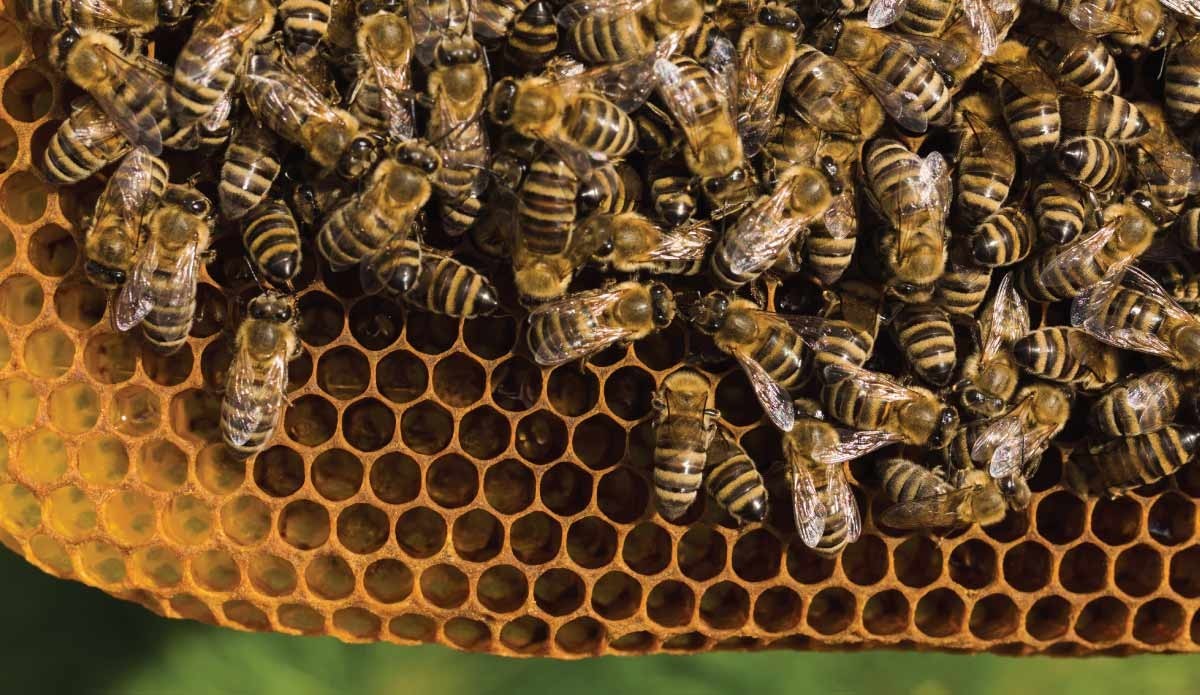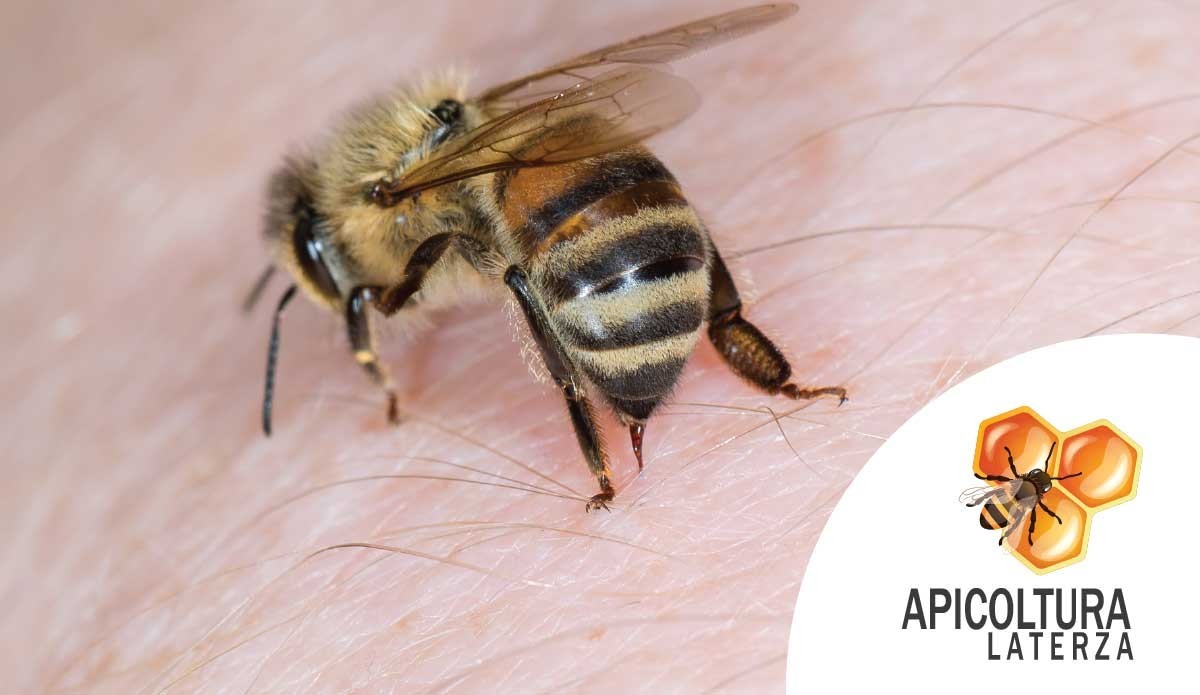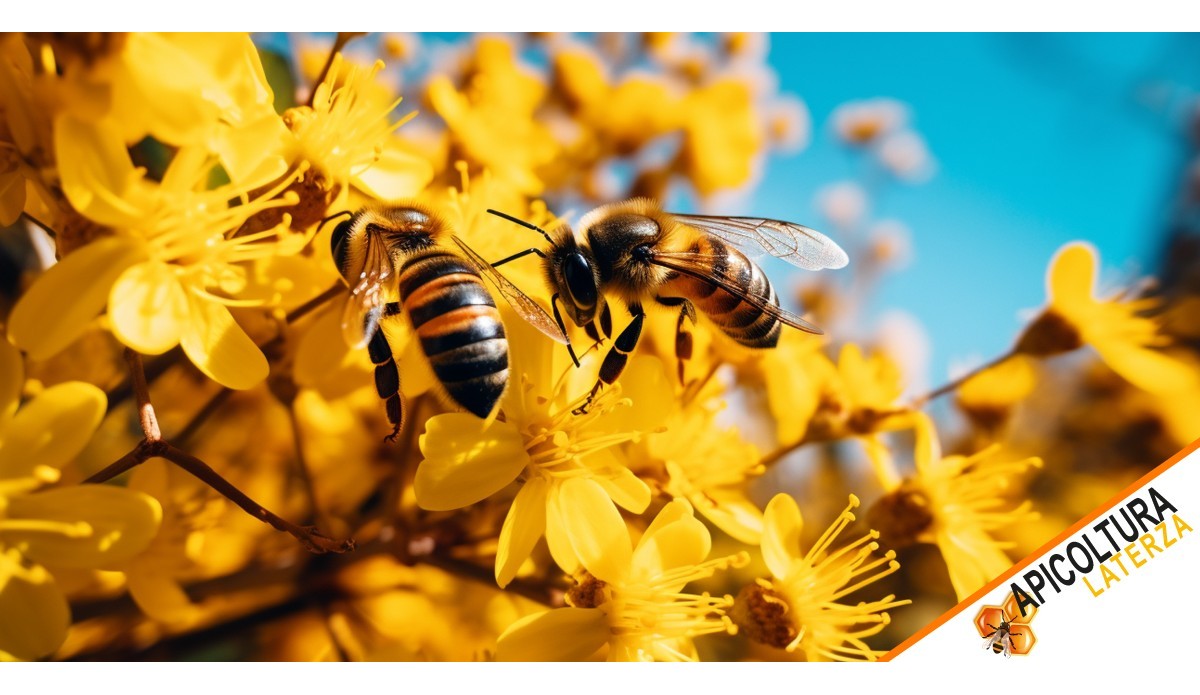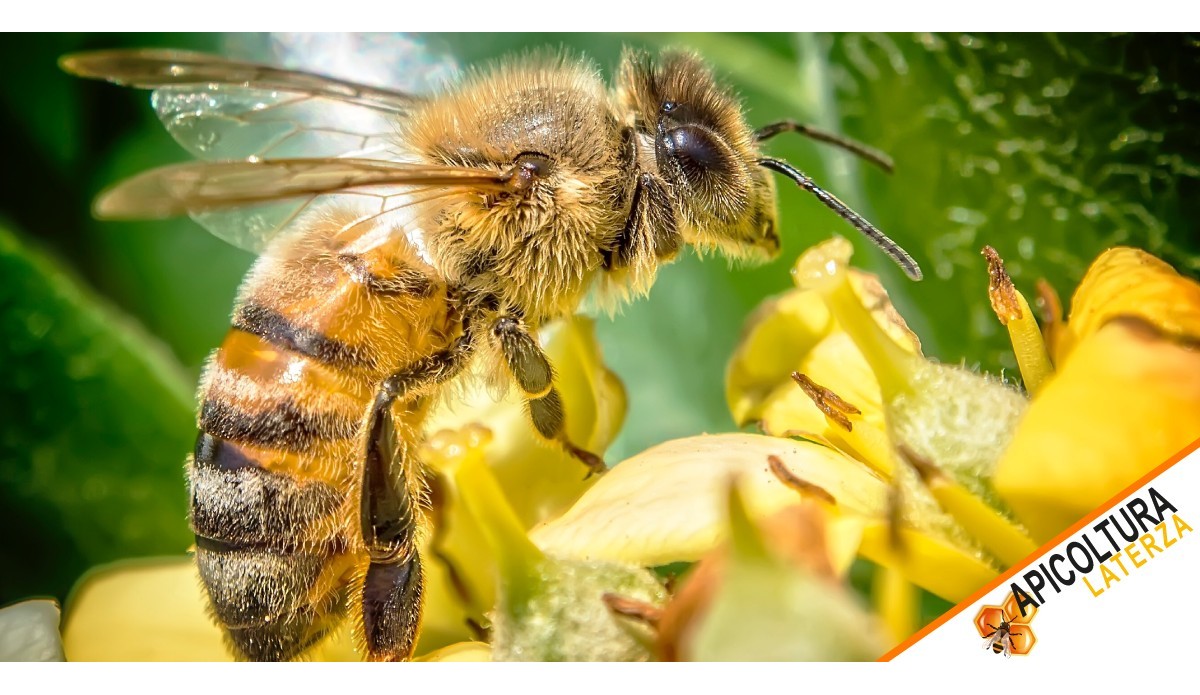How many eyes does a bee have and how does it use them?
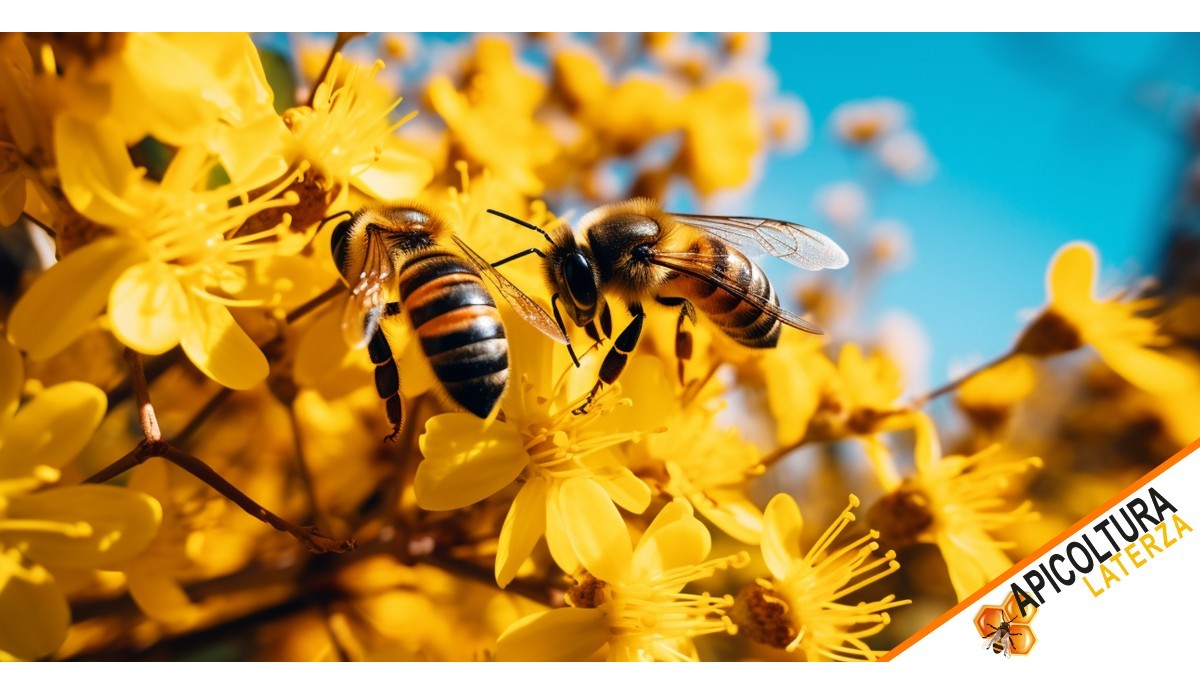
Bees are among the most fascinating and important insects for the balance of our ecosystem. But how many eyes do bees have? And how do they see the world around them? In this article by Apicoltura Laterza, we will guide you through the visual structure of the bee and its surprising perceptual abilities, without leaving out any important or curious information about bees.
Bees are among the most fascinating and important insects for the balance of our ecosystem. But how many eyes do bees have? And how do they see the world around them? In this article by Apicoltura Laterza, we will guide you through the visual structure of the bee and its surprising perceptual abilities, without leaving out any important or curious information about bees.
How many eyes does a bee have?
Let's start with the main question: how many eyes does a bee have? The answer may surprise you: bees have five eyes. Yes, you read that right. They have two large compound eyes on the sides of the head and three simple eyes called ocelli, arranged in a triangle on the top of the head.
These three additional eyes are called simple eyes because they are structurally different from compound eyes: they do not form sharp images, but are crucial for perceiving polarized light and changes in brightness, helping the bee orient itself during flight.
Bee eyes: how are they made?
Bee eyes are a true marvel of nature. The compound eyes are made up of thousands of small units called ommatidia, each capturing a part of the image. This system allows the bee to have panoramic vision and to perceive colors very differently from humans.
Bees cannot see red, but they distinguish blue, green, and ultraviolet very well. This last ability allows them to spot floral signals invisible to the human eye, improving the collection of pollen and nectar.
How do bees see?
Let’s now explore how bees see. Unlike humans, who perceive colors through three types of photoreceptors (red, green, and blue), bees have three others: one for blue, one for green, and one for ultraviolet. This visual structure enables them to detect the most nectar- and pollen-rich areas of flowers—completely invisible to us.
Moreover, thanks to polarized light, bees can orient themselves even on cloudy days. The three simple eyes located on the top of the head play a crucial role in this function, contributing to flight stabilization and spatial navigation.
What is a bee made of: general anatomy
Besides the eyes, you might be wondering how a bee is built. A bee has three main sections: head, thorax, and abdomen. On the head, we find the eyes, antennae, and the mouthparts, including a special structure called the bee’s ligula. This ligula, similar to an elongated tongue, allows the bee to suck nectar from flowers.
The thorax contains the wings and legs. In particular, the hind leg of the worker bee has specialized structures for transporting pollen, such as the pollen basket (or corbicula).
Worker bees, foragers, and the queen: clearly defined roles
In the world of bees, every individual has a specific role. Worker bees make up the majority of the colony. They handle hive cleaning, caring for the queen bee, producing royal jelly, and collecting pollen and nectar.
When they leave the hive in search of flowers, the workers become forager bees. These bees can travel several kilometers to find the best food sources for the colony.
The queen bee has a completely different role: her sole function is to lay eggs and ensure the colony’s survival. The other bees—workers and drones—live solely to support the queen and maintain the hive's balance.
Sides of the head and eyes: a sophisticated visual system
A bee's eyes are located on the sides of the head, providing nearly 360-degree vision. This is vital to avoid obstacles in flight, perceive predators, and orient themselves in their environment.
The three ocelli located at the center of the head are sensitive to light changes and help regulate activity according to the day-night cycle. They also allow bees to maintain flight balance and follow complex navigation routes.
Color perception and orientation
As mentioned, bees perceive colors very differently from us. They do not see red but can distinguish ultraviolet very well. Flowers use this ability to attract pollinators, creating patterns and designs visible only to bees.
This advanced vision, combined with the ability to perceive polarized light, makes bees extremely skilled in pollen collection. They can remember the best routes and transmit this information to other bees through the famous "waggle dance."
The importance of bees for the ecosystem
Bees are capable of pollinating about 80% of the flowering plants in our environment. Without them, many plant species could not reproduce, and agricultural production would collapse.
For this reason, knowing how bees are made, how many eyes they have, and how they see is not just scientific curiosity—it’s a key to understanding their crucial role in nature.
Conclusions
Bees are much more than simple honey producers. They are architects, nurses, expert navigators, and extraordinary pilots. Thanks to their five eyes—two compound and three simple—they can move with great precision and contribute irreplaceably to the health of the environment.
Understanding in detail how many eyes a bee has, how it is built, and how it sees helps us better appreciate these small but essential allies of biodiversity.
At Apicoltura Laterza, we work every day to protect and promote the world of bees, offering high-quality products and raising awareness about the vital role they play in our ecosystem.

